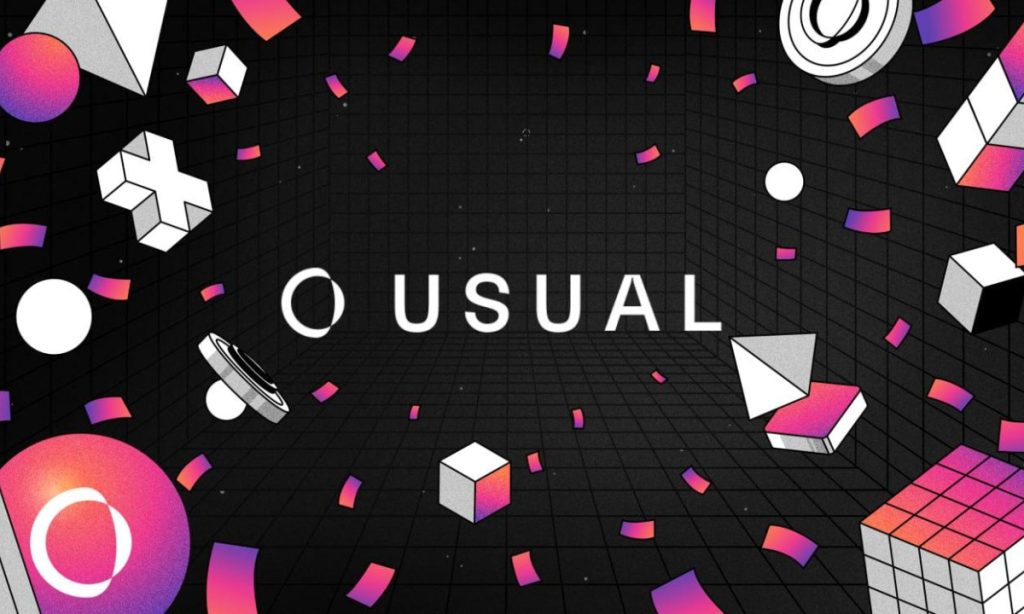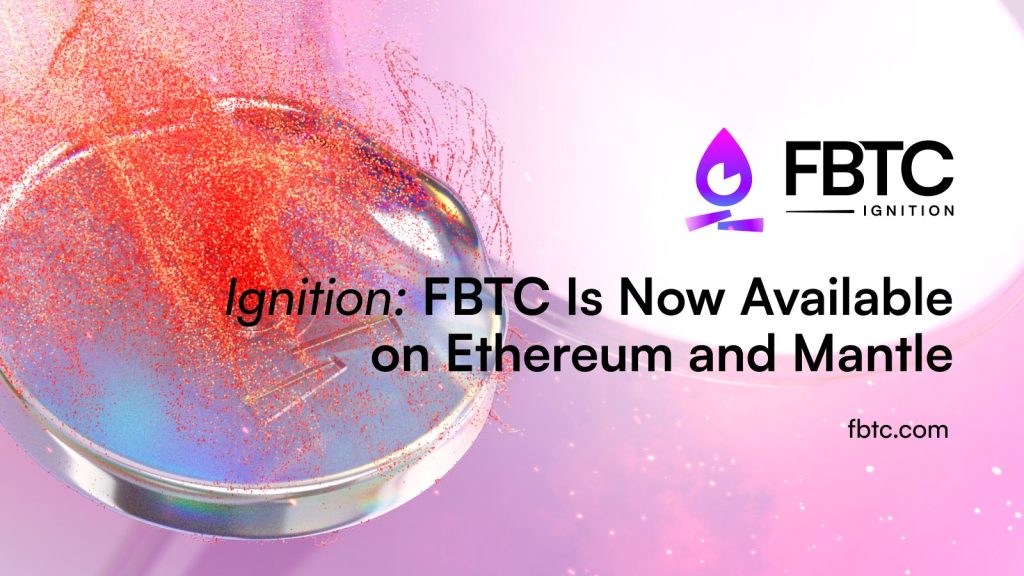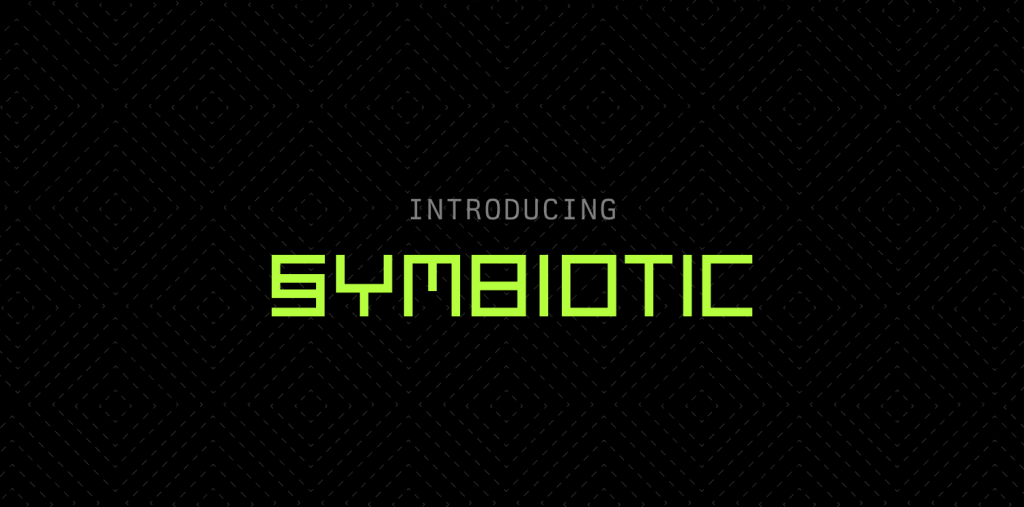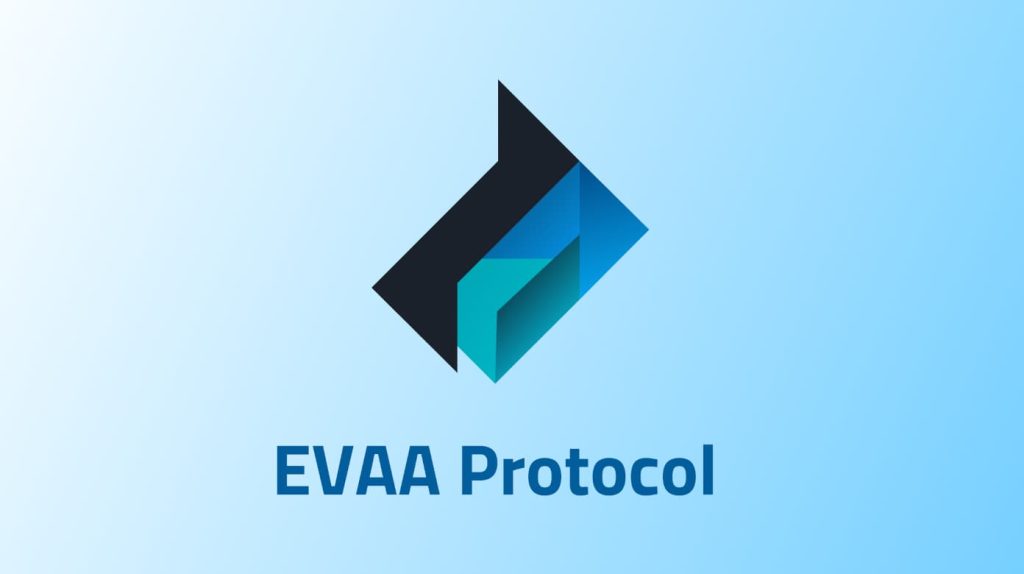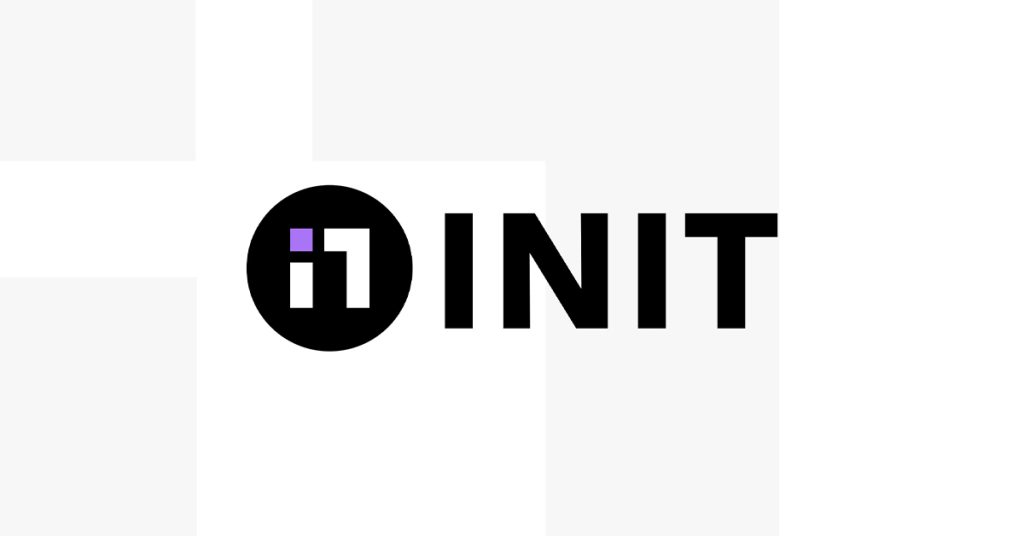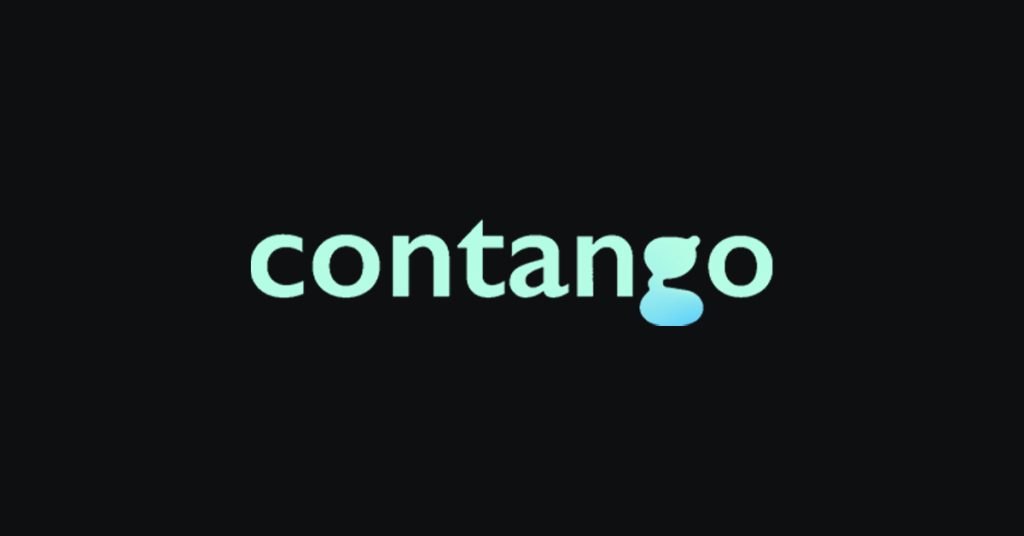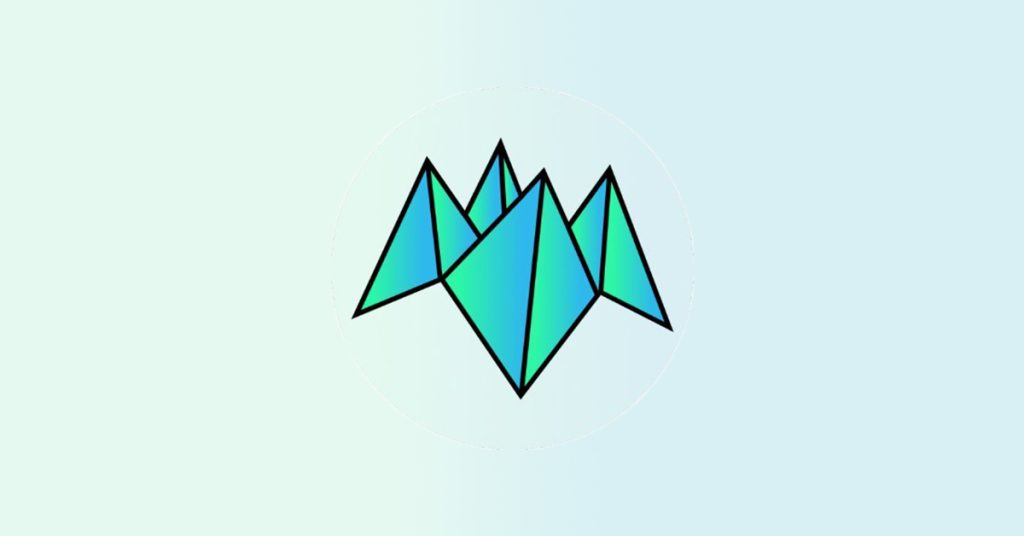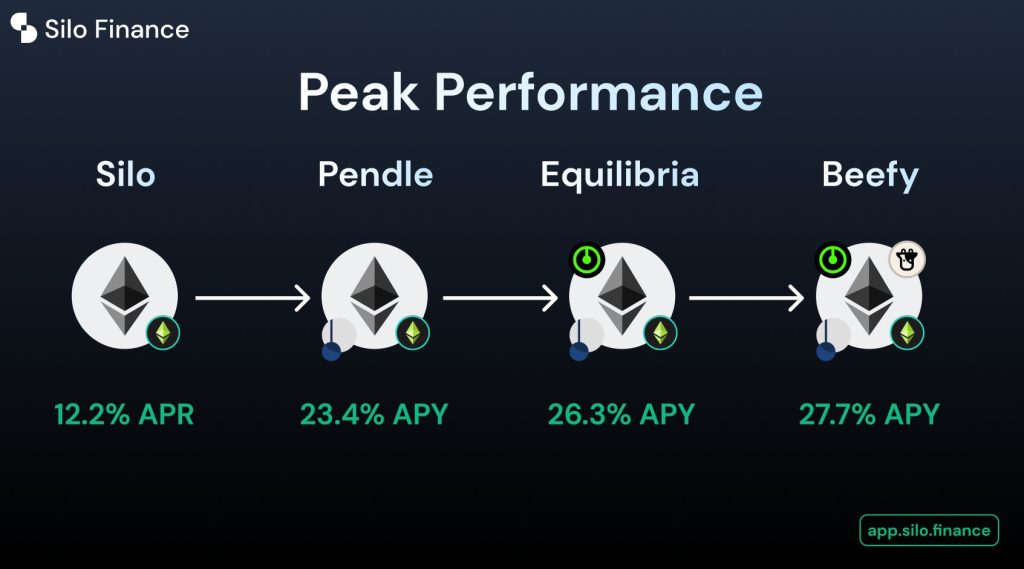Earn 4.75% Staking LINK with Chainlink Economics 2.0
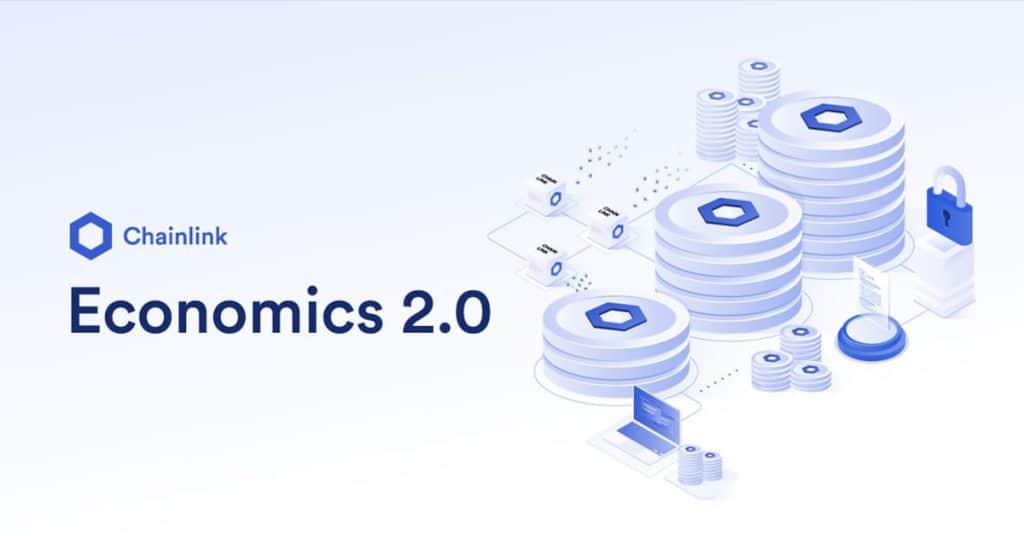
Before we get started, this is not a recommendation or endorsement to buy any token mentioned.
With a fully diluted market cap just over $6.6B, Chainlink (LINK) remains one of the most well known cryptooasset-based protocols for “providing a secure, reliable, and decentralized source of off-chain data to power unique smart contract use cases for DeFi and beyond.” Long before DeFi was even a word, Chainlink’s Founder Sergey Nazarov identified a pressing need for building decentralized data feeds, most commonly recognizable today as Chainlink oracles.
When you trade on GMX, lend/borrow on Aave, or check a price on CoinGecko, chances are that you’re benefiting from the Chainlink protocol.
- We cannot issue and settle loans, liquidate undercollateralized positions, trigger collateral swaps, or help protect against insolvency without Chainlink oracles.
- We cannot enable exposure in DeFi to real-world and on-chain assets using on-chain collateral without Price Feeds as the reference point for minting and redemption.
- We cannot depend on nearly $150B in stablecoins across Ethereum, L2s, and other L1s without Chainlink oracles to determine the collateralization of stablecoins, automate mint/burn operations, or trigger rebasing functions.
There’s an endless list of use cases for Chainlink, which is why it remains one of the most popular DeFi protocols with over 995 Chainlink oracle networks, having helped over $6.7T in value transact on-chain, thanks to over 5.6B on-chain data points.

